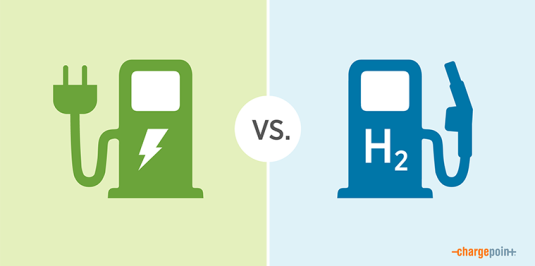
It’s generally known that electric vehicles (EVs) are, on average, more expensive when purchased new than their diesel counterparts. In fact, the battery can represent 30-50% of the cost of an electric vehicle. Understanding what happens with an electric vehicle’s battery is thus essential – but it can also be a real challenge for both manufacturers and consumers.
Why is that? In simple terms, the Battery Management System (BMS), which serves as the ‘brain of the battery,’ is usually offline and provides no data storage. This means that by default, it’s difficult to have visibility into a battery’s real-time status or what happened in the past.
Luckily, telematics software offers a solution. Battery telematics systems are technologies that monitor, gather and analyze data about battery performance, condition, usage and state of health. Cloud-based battery telematics collect data in real time — advanced ones can even do this every single millisecond while backing up the data online, creating a digital twin of each battery. Such systems bring multiple benefits like improved battery performance and enabling predictive maintenance, but let’s explore the primary six below.
Fewer battery-related incidents
One of the key reasons why battery telematics are crucial for both fleet vehicle manufacturers and consumers is that they help reduce battery-related incidents. Monitoring critical battery parameters such as temperature, voltage and current in real-time makes it much more likely that anomalies or safety risks are detected in time. This proactive approach ensures the safe operation of EVs, significantly reducing the potential for accidents.
Improved battery performance
Battery telematics also offer a substantial improvement in battery performance. The direct insight into battery status and performance and customized alerts for specific incidents empowers users to take measures in advance. By implementing predictive maintenance practices and analyzing battery performance trends, early warning signs of potential failures can be identified and addressed promptly.

Besides increasing safety, this minimizes downtime and optimizes battery performance, improving overall efficiency and reliability. With battery telematics, fleet operators can stay ahead of issues and ensure their EVs are always ready for the road. At the same time, Original Equipment Manufacturers (OEMs) can keep an eye on their battery performance and have valuable insights into on-the-road battery usage and behavior.
By implementing predictive maintenance practices and analyzing battery performance trends, early warning signs of potential failures can be identified and addressed promptly.
Reduced costs
Cost reduction is a significant advantage provided by battery telematics, benefiting both OEMs and end consumers. Manufacturers can avoid costly battery replacements by remotely identifying issues down to the cell level. Instead, they can focus on replacing only malfunctioning cells, saving significant resources.
Battery telematics also enable users and manufacturers to predict upcoming battery replacements and anticipate additional costs through extensive battery reports, including information on battery aging speed and remaining usable battery capacity. These valuable insights allow for informed decision-making and cost-effective maintenance strategies, benefiting the entire ecosystem of fleet vehicle manufacturers and consumers alike.
Enhanced customer satisfaction
Battery telematics not only benefit fleet vehicle manufacturers and consumers in terms of safety, performance and cost savings, but they also contribute to enhanced customer satisfaction. With such software available, OEMs can empower their customer support teams with real-time and historical battery data. This helps them stay on top of battery issues and troubleshoot them remotely and promptly.

With access to extensive data, customer support teams can confidently address concerns and make customers happier. The ability to proactively monitor and resolve battery-related issues ensures a smooth and hassle-free experience for consumers, strengthening their trust in the brand.
With battery telematics, OEMs can empower their customer support teams with real time and historic battery data.
Transparent support for warranty claims
Battery telematics provide consumers and OEMs with cloud-stored data to validate warranty claims, track battery performance history and differentiate between normal wear and tear and misuse or abuse of the battery, increasing the process transparency and accuracy.
This is a valuable benefit as it leads to fair outcomes and greater trust between manufacturers and consumers. Battery telematics ensure that warranty claims are processed efficiently, leaving no room for ambiguity or disputes.
Continuous data-driven innovation
A less-mentioned benefit of telematics is the support it provides manufacturers with when pushing their technology further. As we saw before, using battery telematics can help OEMs gain insights into the performance of different battery models and configurations. This helps them optimize battery design, develop more efficient battery chemistry and enhance future EV models by making informed decisions leveraging the wealth of information available.
From enhancing safety by promptly detecting anomalies to improving battery performance through proactive maintenance practices, battery telematics software is a game-changer. By embracing it, manufacturers can ensure the highest safety and performance standards for their EVs, while consumers can enjoy optimized battery lifespan, reduced downtime and long-term cost savings.
Do you want to learn more about what fleet telematics have to offer? Have a look below.





